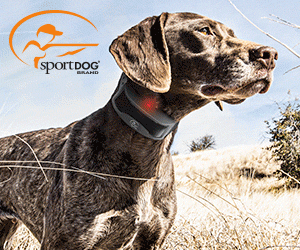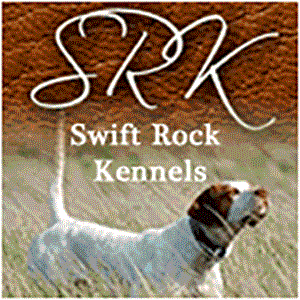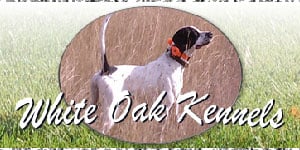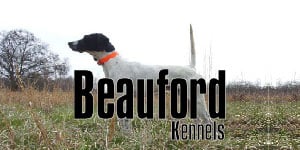Wilson Snipe - Snipe Hunting - Upland Hunting
View Recipes | Gamebird Services | Gamebird Hunts | View Photos
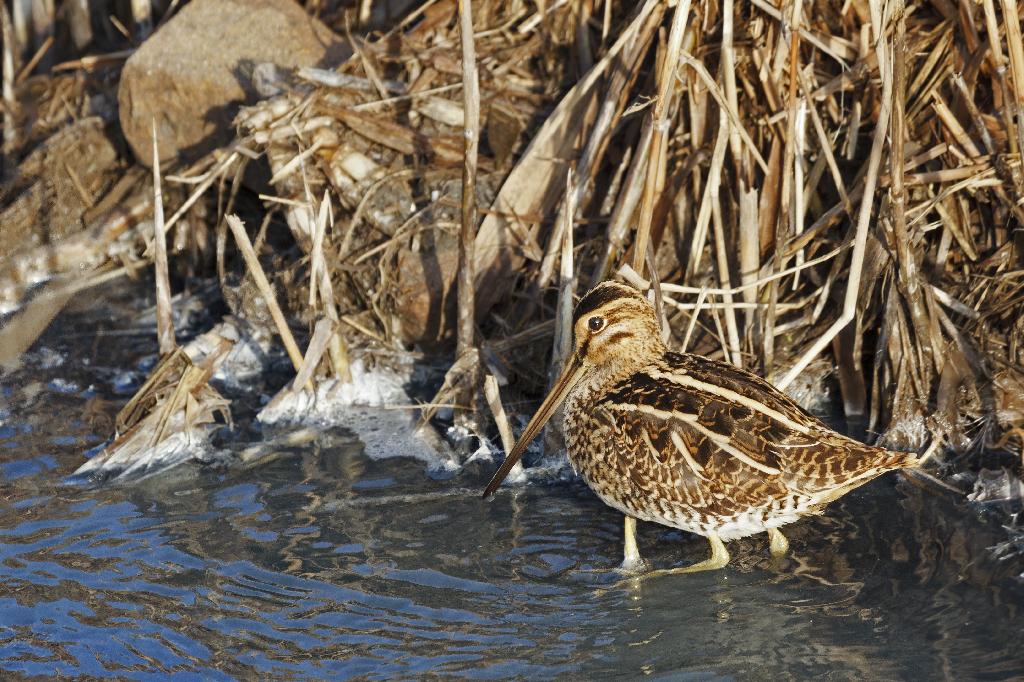
Description
Wilson's snipes are medium-sized birds with short, stocky legs. Their bill is straight, very long and they have a rounded head and a short tail. The Wilson's snipe bodies are detailed with buff, brown stripes and bars with a dark head that has buffy to whitish stripes. These birds have a dark back with three long buffy streaks (each run down the edge with one running down the center). The chest is streaked with brown spots while the sides are barred heavily with black. While flying, the wings of Wilson snipes are dark both above and below. Their length is 27 – 32 cm, weighs 79 – 146 g and their wingspan measures between 41 and 44 cm.
Habitat
Their habitats are marshes, bogs, and wet meadows. During the breeding seasons, these birds occupy shrubby streamsides, fresh marshes, and northern tundra. However, when migrating or in winter, these game birds can be found in a variety of damp habitats like muddy banks of ponds and rivers, flooded agricultural fields, fresh and salt marshes and wet pastures.
Diet
Their diet is mostly insects and earthworms. Wilson's snipe birds eat insects that live in shallow waters or burrow deep in damp soil like houseflies, larvae of crane flies, beetles, etc. These birds also feed on leaves, mollusks, spiders, leeches, crustaceans, and seeds.
In uplands, these birds forage by probing in soft mud. Since their bills are sensitive and flexible, snipes are capable of detecting and capturing underground prey. These birds can also obtain food from shallow water or the ground's surface.
Nesting
During the breeding season especially at night, male Wilson's snipe birds perform the ‘winnowing' display. These displays entail flying high in circles and making periodical shallow dives. As they dive, the males vibrate their outer tail feathers to produce a hollow whinnying sound. On the other hand, during the aggressive displays on the ground, the males crouch, raise and spread their tail in a certain pattern.
The nest is built by the female on the ground. The nest is a shallow depression that's well hidden by grass clumps, or tundra vegetation. Moss, leaves, twigs, and grass are used to line the nest to provide warmth. Sometimes, females use overhanging plants to build a canopy over the nest.
Eggs
Females lay 4 or 3 eggs that are brown to olive (with dark brown marks). Incubation is done by females only for 18 to 21 days. After hatching, the young leave the nest. Sometimes, parents can split the brood i.e. each parent to care for 1 or 2 of the chicks. The parents tend and feed their young for some weeks before the young snipes learn how to forage on their own. The young can make their first flight after 19 to 20 days.




